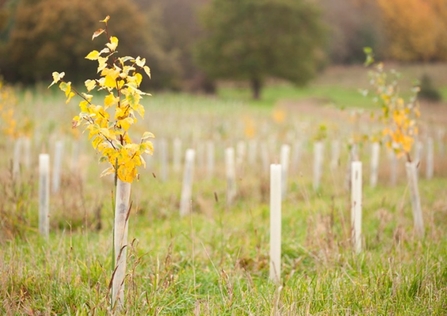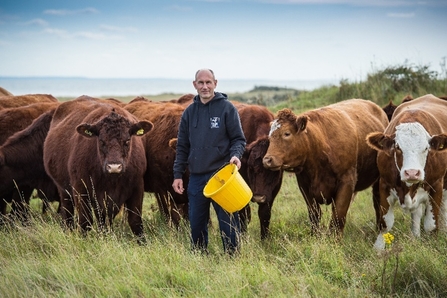Across the UK, we’re witnessing pockets of nature rebounding. From rewilded landscapes to species returning to once-silent habitats, the hard work of conservationists, landowners, and volunteers is paying off. Here in Derbyshire, we’ve seen incredible efforts to restore rivers, regenerate woodlands, and protect wildlife. These stories are sources of inspiration amidst an otherwise sobering national picture.
While it is essential that we celebrate local progress, the bigger picture remains deeply concerning. The State of Nature Report shows that one in six UK species is now at risk of extinction. Nature loss isn’t just continuing — it’s accelerating. And the unavoidable truth is that we’re not yet acting at the pace or scale needed to reverse it.
To fully restore functional, resilient ecosystems across Derbyshire and beyond, we need more than philanthropic goodwill and dedicated people. We need funding — and lots of it.



